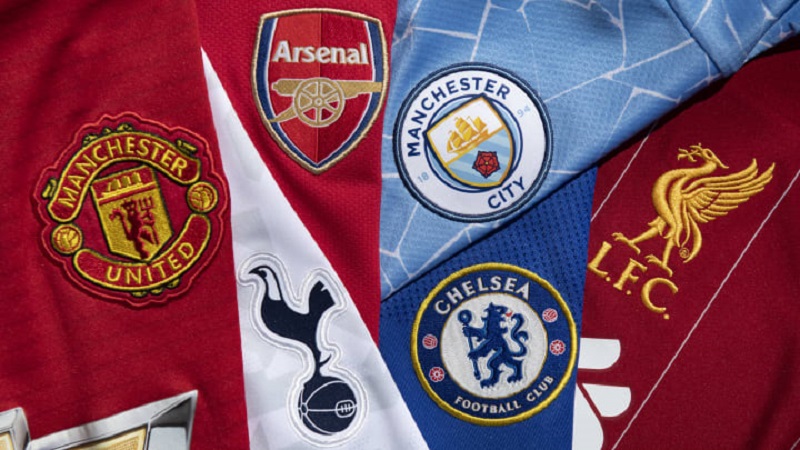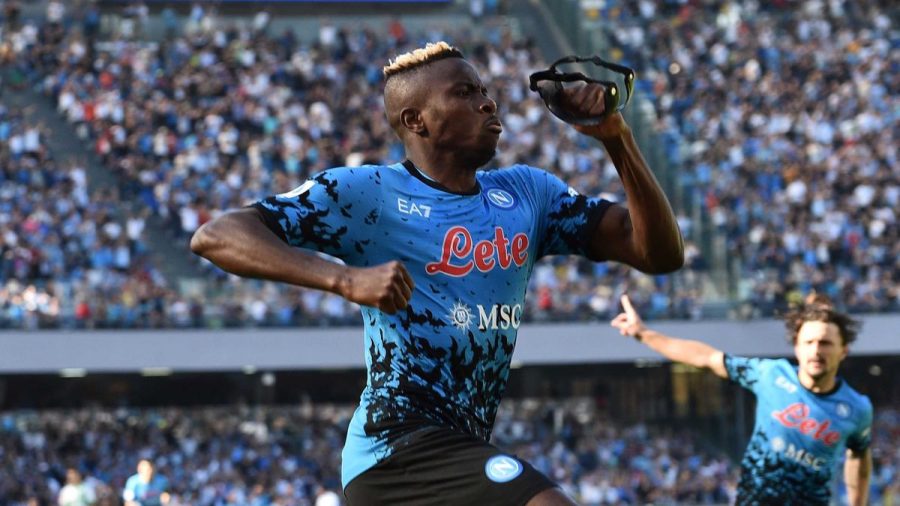It is fair to say that football is a truly rewarding sport and all the principal stakeholders in the sport get to profit from it. There are insane amounts of money being quoted in football every year, which leads to questions as to how truly profitable the round leather game is. How are football clubs able to afford hefty transfer fees and offer mouth-watering contracts to players year-in, year-out? Well, there are a number of ways these teams make their money.
This is not limited to matchday revenue, merchandising, TV broadcasting deals, player transfers and prize money. A team’s ability to earn money is also dependent on their success on the pitch, which causes a ripple effect in the kinds of sponsorships they can attract, which ultimately influences their commercial appeal.
In this article, we’d be highlighting 4 ways football clubs can make money.
Matchday sales
Football teams, especially in England turn matchdays into a surreal experience for fans, and they do this by offering value in terms of tickets, food and drinks. A team in the English top division, the Premier League plays 19 league games at home every season, of which there are discounted tickets for the entire season called season tickets. A season ticket allows a fan buy all home league tickets at the same time before the season starts. And for fans who can’t afford season tickets, they can buy tickets before each matchday. Arsenal charges around £97 for a premium home ticket.
Juxtaposing the fact that Arsenal has allocations for upwards of 50,000 home tickets each matchday, they can make a lot of money. According to Statista, Arsenal recorded an overall matchday revenue of around £100 million for the 2018/19 season, which also included sales from food and drinks at the stadium.
Sponsorships
For the big clubs in the world, this is a very important part of their income streams. Top brands pay a lot of money to associate with teams in the name of kit sponsorships, stadium naming rights, shirt sponsorships, sleeve sponsorships, and every form of sponsorships you might think. In the 2019/20 season, Manchester United had three sponsorships on their home kits, namely Adidas, Chevrolet and Kohler. Per season, it gets around £75 million from Adidas, about £64 million from Chevrolet and £10 million from Kohler.
For the average football fan, one might wonder why these brands pay so much to feature on these shirts, but it makes sense to them from a marketing standpoint. It is estimated that United has a global fan base of roughly 1.1 billion followers. This is according to a survey conducted by Manchester United themselves in 2019. The reach United offers for these brands often pale in the amounts they pay to sponsor the club.
Shirt sales
Clubs are milking shirt sales to their advantage and it’s because fans don’t want to be left behind once a club releases a new kit ahead of a new season. Most clubs, especially the big ones, understand the power of signing a big name to boost shirt sales. Clubs typically get on the average, which is estimated to be around 7.5% – 10%.
In 2018, Juventus bought Cristiano Ronaldo for around £100 million from Real Madrid, and in 24 hours, Adidas, their shirt sponsors had sold around 500,000 replicas of the jersey with Ronaldo printed on the back. Juventus would have made an estimated £3.6 million to £4.8 million from these shirt sales, which might look small, but in the actual sense, makes a lot of sense. It is a win-win for both club and kit manufacturers.
Clubs can’t handle the pressure of printing jerseys for millions, if not billions of fans across the world. These kit manufacturers do the heavy lifting for the clubs, and also help expand their brand across the world, where these kit manufacturers have stores.
TV broadcasting deals
In the last 10 years, broadcasting deals have become an important source of income to football teams. In the Premier League, the league owns the television distribution rights of all games, and they sell these rights to the highest bidders, such as Sky Sports, BT Sport and DAZN.
These TV companies in turn sell rights to smaller companies, with advertisers and companies leveraging on the popularity of the league to promote their own brands. Clubs generate money from TV deals by getting payments from The Premier League, based on the order of which teams attract the most views.
Swiss Ramble estimated that at the end of the 2019/20 season, Liverpool, the league winners, earned around £139.1 million from TV, while Norwich, the bottom club, earned around £92.7 million, which still means that even smaller clubs earn a lot from TV rights too.
Final Thoughts
The possibilities of income in football for clubs are somewhat endless, as there are still other revenue streams such as transfer market activity, prize money, and merchandise sales.
The modern game has become extremely commercial, and this is why football clubs can go to any length to achieve great results on the pitch, as it helps improve the overall watching experience of their fans, as well as keep money flowing in.






















The best football app
how money birr